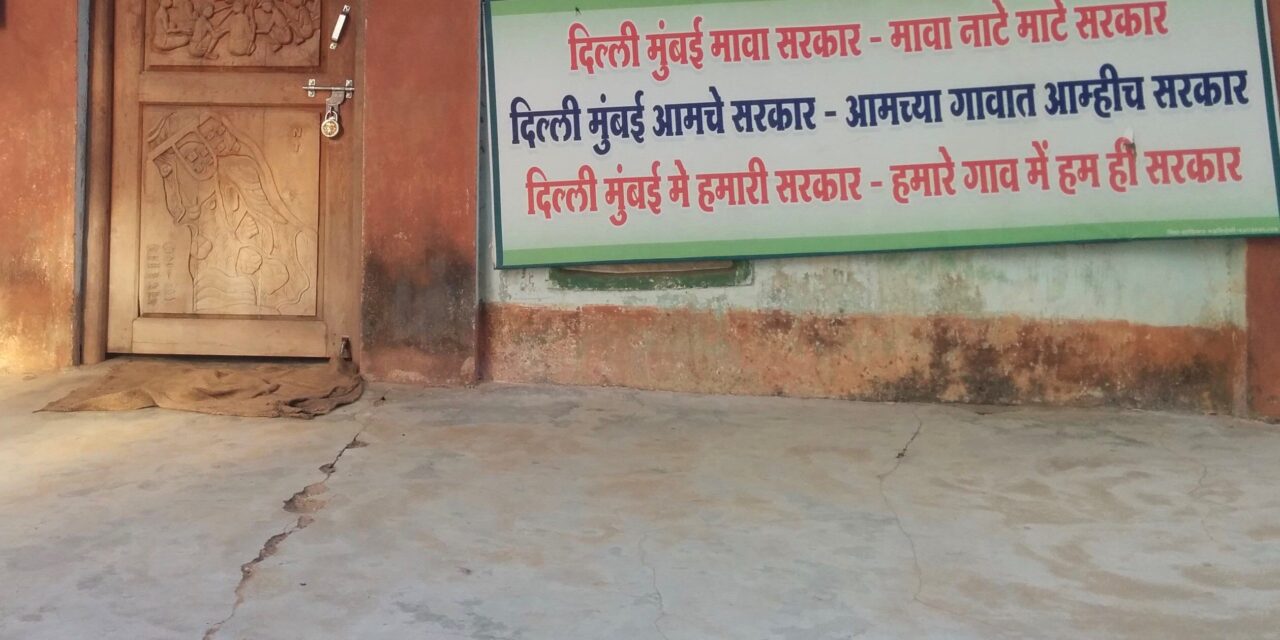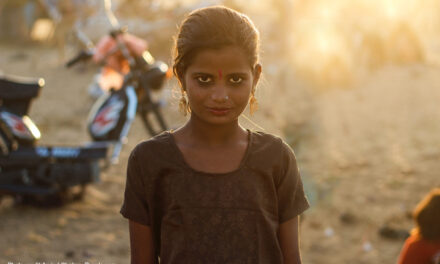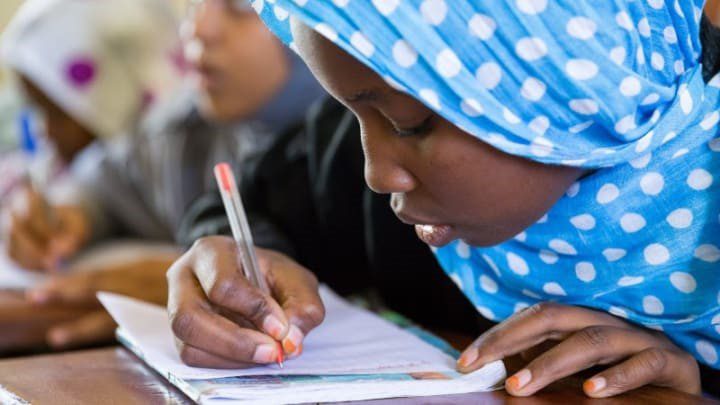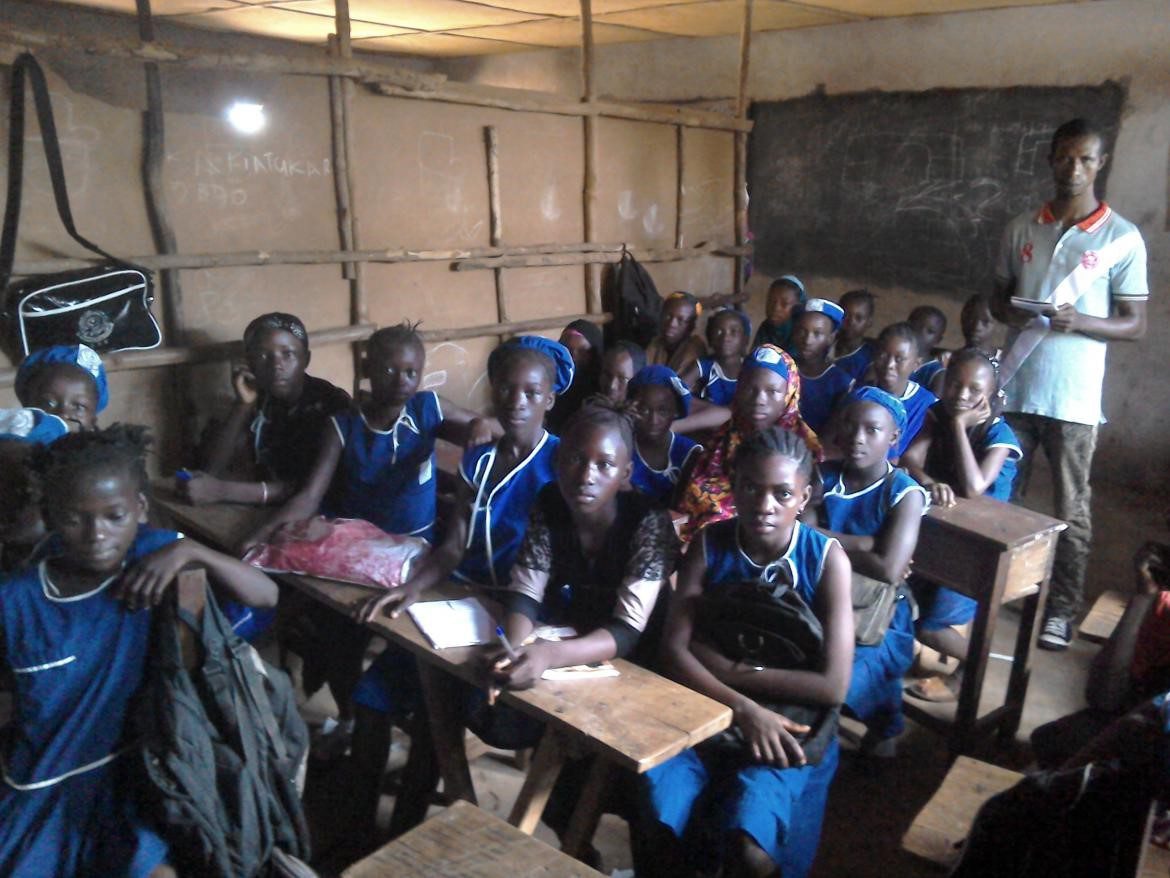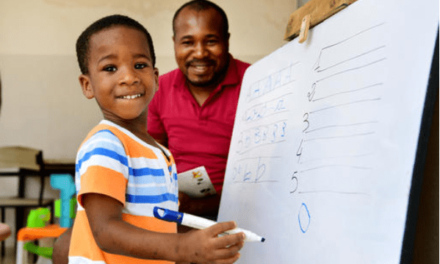This blog was written by Dr Gunjan Wadhwa, a Lady Meherbai Tata scholar, and a doctoral candidate and research fellow at the Centre for International Education, University of Sussex, UK (2014-2019). Gunjan was awarded a BAICE Conference Bursary to present her research at the UKFIET Conference 2019.
The naming of the Adivasis (indigenous people), or Scheduled Tribes in India, by the colonial and Indian state brings with it an avalanche of assumptions. Over time and through reiteration, these presuppositions have been sedimented in language, normalised and naturalised within and through law and policy. The Indian Constitution provides a glimpse into this language of law and the power of state to name and constitute hierarchical difference. Terms such as Backward, Scheduled and Tribe to classify Adivasis have not been benign legal distinctions but carry evaluative judgements. Emanating from these categories are the official policy criteria for ‘identification’ of Scheduled Tribes. It nods to the boundaries and markings instantiated by the colonial regime, such as low level of literacy, declining or stagnant population, pre-agricultural technology and economic backwardness. Such criteria presume a linear, unidirectional move towards progress, as central to the temporally framed modernisation and development discourses.
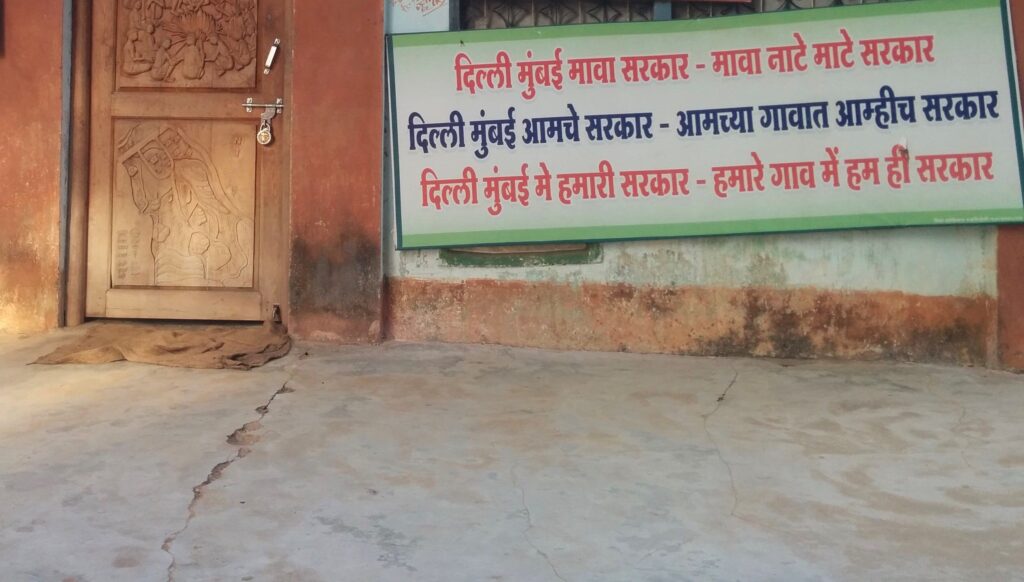
Photo: Sign outside a Gram Sabha (Village Council) office, reading ‘In Delhi, Mumbai we elect our governments, but in our village we the people are the government’ (in Gondi, Marathi and Hindi language). ©Gunjan Wadhwa
In my doctoral research on the production of Adivasi identities in a village community in India[i], I highlight how education is imbricated in the production of deficit in Adivasi identities and utilised to other the Adivasis in local community narratives. The policy classification of the Adivasis as pre-agricultural and backward, carried implications for their forestry work and labour contributions in the village. Informed by the dominant international and national discourses, a forest/school binary was instated in the description of the Adivasis by the research participants from both Adivasi and non-Adivasi communities. Going to forest and collecting forest produce was viewed as deficit and the ‘only’ work that the Adivasis knew. However, like in the policy description, there was no emphasis on what people actually did in the forests. The sheer association of people with forests produced a way of life that was unique and, in some way, lacking. Intersecting with this, going to forests was placed in opposition to going to school. The reiteration of the Adivasis as ‘never been to school’ and ‘illiterate’ was denoted as the ‘main problem’ of the village. While forestry-work implied deficit, schooling signified modernity, the lack of which was labelled problematic.
Modern notions of education deployed in the local community context of the Adivasis had strong gendered dimensions for everyday community lives and their access to education. Most of the forestry work was carried out by young Adivasi women which was not taken into account by school curricula and timetables. Categorised as traditional, the doing of this multidimensional work placed Adivasi women in opposition to ideas of the ‘modern’. As such, it explained partly the high school-dropout and low school-attendance rates among young Adivasi women, who constitute the highest proportion of ‘out-of-school children’ in India[ii].
The power of dominant discourses to name, classify and constitute difference is significant to understand the current pandemic, the imposition of mass lockdowns by nation-states and its implications for emergent postcolonial and Global South contexts like India. Following a universalising and militaristic logic to control and regulate people’s movements, due to the COVID-19 pandemic, India enforced one of the biggest lockdowns in the world, disregarding its internally differentiated national, historical and social context. The lockdown impetus, introduced mainly through the Global North, was uncritically applied while ignoring local complexities and lived realities of its people.
The consequences of this for historically marginalised and subordinated groups like the Adivasis in India have been grave. The lockdown produced large-scale forced migration of people internally, many of whom walked miles defying national restrictions from the cities they worked in to their local villages. Although rendered invisible in current official records, older data suggests that a significant proportion of those migrating are likely to belong to Adivasi households, and within these Adivasi women[iii]. Another notable absence in state records is of the Adivasi migrant workers compelled to migrate to the cities in the first place due to shrinking access to land and livelihood opportunities. This intersects with the sustained delegitimisation of work and labour in local community contexts and inextricably linked with education. All this while, the state continues to make claims on land and areas where Adivasis live, bringing more territory under its control and regulation for extractive purposes, much like the colonial regime.
The forced migration of the socially and economically excluded groups in India, in the wake of the current pandemic, expose connections of the local with the national and global. In post-pandemic India, attending to these connections will be key as they offer a counter to the modernising logic of growth and progress and question the adequacy of the development discourse in many local community contexts. This will necessarily mean imagining and doing education differently.
[i] Wadhwa, G. (2019). “They are like that only”: Adivasi identities in an area of civil unrest in India. Unpublished PhD thesis, University of Sussex, UK.
[ii] National Sample Survey Office (2014). Education in India, NSS 71st Round, January-June 2014. Available at mospi.nic.in/sites/default/files/publication_reports/nss_rep_575.pdf, accessed 1 July 2020
[iii] National Sample Survey Office (2010). Migration in India, NSS 64th Round, July 2007-June 2008. Available at mospi.nic.in/sites/default/files/publication_reports/533_final.pdf , accessed 1 July 2020.

